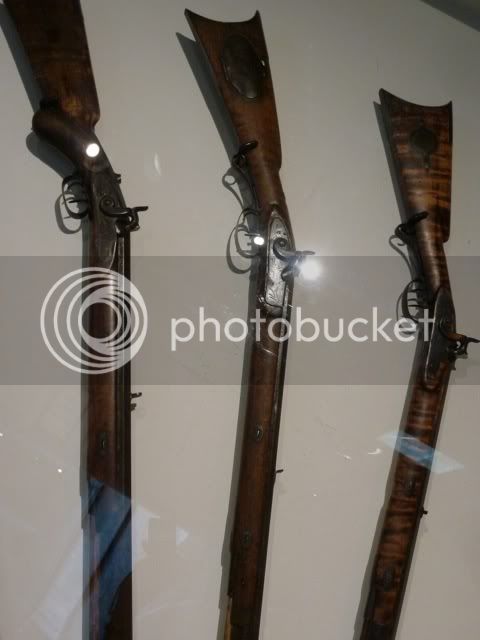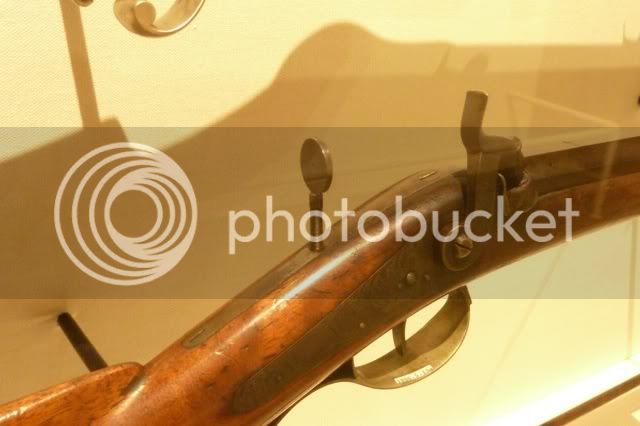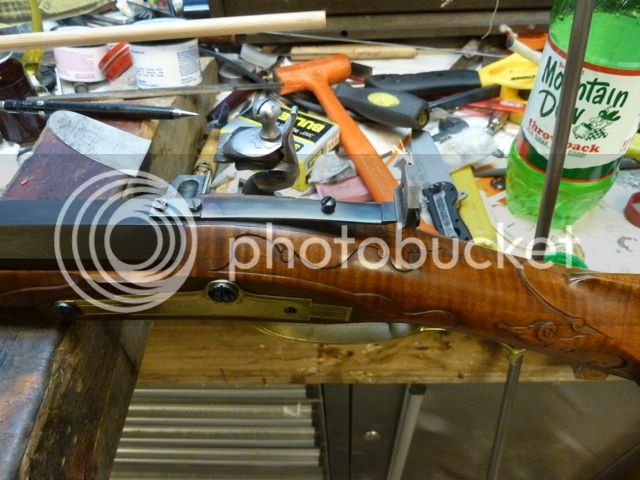- Joined
- Jan 30, 2013
- Messages
- 661
- Reaction score
- 13
What type of sights do you find to be the most accurate at reasonable hunt'n ranges, I've been playing around with different front and rear sights to see which is best for me but was wondering what you all have tried? I have a problem with thin blades at 50 yds or more, they seem to blur on the target especially the brass ones...experimenting with different targets and coloration as well. :bow:








